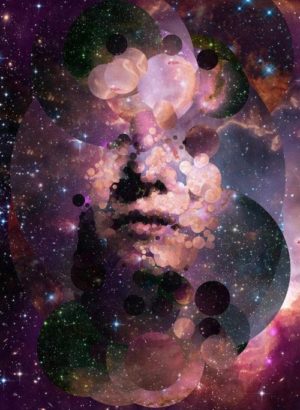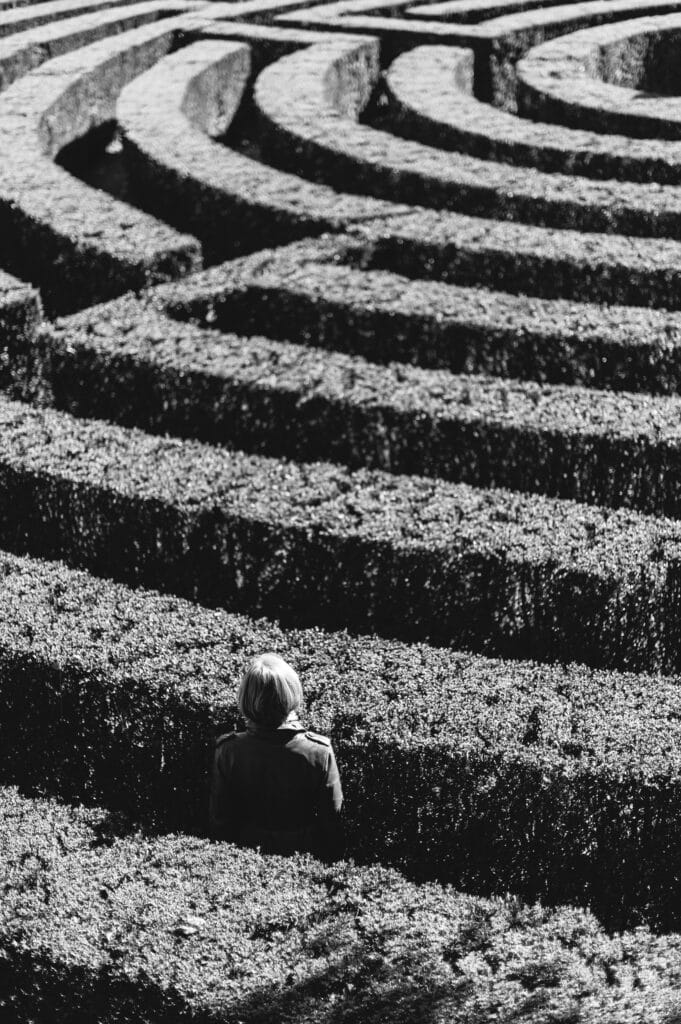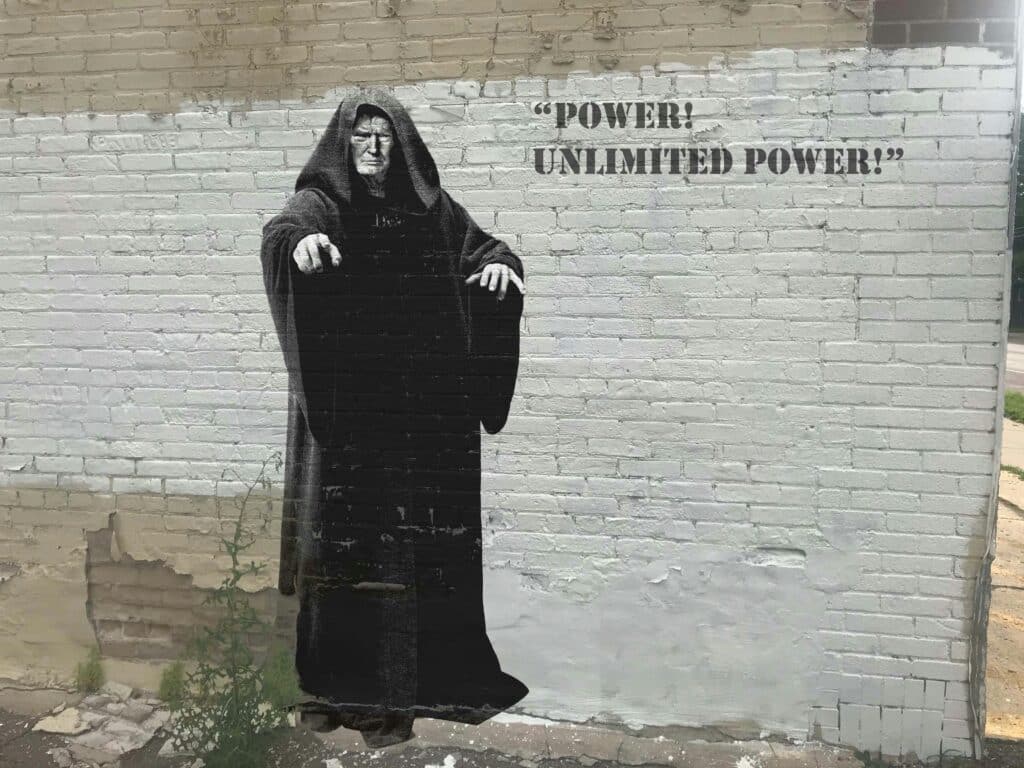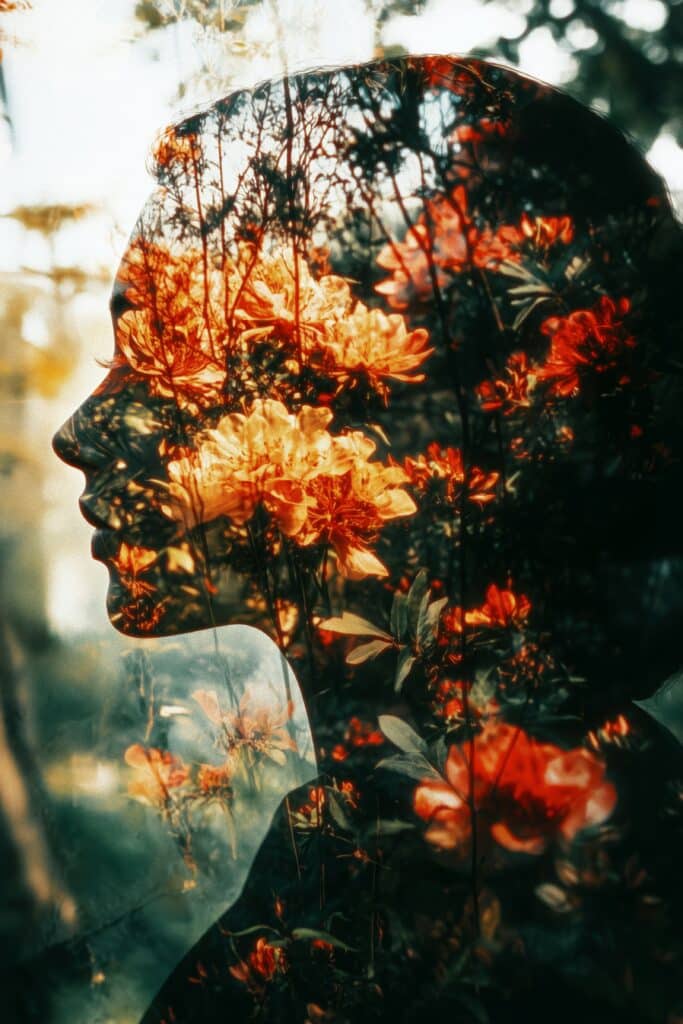Claiming our Fullness: Bringing ourselves out of hiding

Understanding the impact of patriarchal paradigms on women is critical to our full empowerment. It’s easy to take for granted or not fully realize how powerfully the patriarchy has affected how we see ourselves and the world.
In order to survive within a patriarchal society, women have had to internalize beliefs that turn them against themselves. And in order to ensure the survival of their children, they’ve had to pass along those beliefs onto their daughters.
It’s no wonder why there can be fierce competition between women—we are expected to give up parts of ourselves in order to be accepted by patriarchal values, while at the same time unable to fully suppress our longing for the full experience of our potential. Our full potential lies outside the confines of what the patriarchy has permitted for us.
We need to transform fierce competition into fierce support.
We may criticize or envy other women for receiving patriarchal rewards for attenuating themselves and also those women who risk being fully and unapologetically themselves. The problem is the patriarchy doesn’t reward women for being real and authentic but rather for dis-owning themselves. This is why we may feel equally triggered by women who give their power away and also by women who fully claim it. We long to be authentic and fully seen in our power.
Patriarchal society cannot give us the validation we seek. As empowered women across the planet we ourselves are creating the society that values authentic women and the values of inclusion, interdependence, vulnerability. We are building it within ourselves and in doing so, it will be increasingly visible in the world around us.
To own our full power, we must welcome back all that we have disowned in ourselves
As children we learned that to receive love by the male world, we must make ourselves smaller than we truly are. To be accepted, we disowned the parts of ourselves that threaten others–perhaps not wanting to appear too pretty, too smart, too tall, too big, too loud, too strong, too artistic, too complex, too intense, etc.
All women have had to depart from their true selves to some degree in order to make it through childhood. This self-abandonment is actually a survival strategy which allows the child to survive emotionally intact. As adult women we have the chance to heal and reunite with the parts of us we had to abandon. This is the work of the awakened woman.
Our task is to dismantle the old structures that we were formed in childhood to cope with dysfunction of family and society while building a new structure that supports our full authenticity and empowerment as women. All true contributions for the betterment of the world flow from this new structure.
As we create the new structure within ourselves to support our full authenticity and empowerment, we are creating a new structure for the collective: A new world.
No matter how spiritual you are, how many books you’ve read or programs you’ve attended, if you have not engaged in the process of dismantling the old structure and building the new structure within yourself, your empowerment will be incomplete. This is because it is the foundation, the bedrock of everything else.
To survive in this world a woman has had to put parts of herself into hiding, into a dark place within herself. In this shadow place lie talents, dreams, desires, feelings, ideas and more that had to be put away in order to receive validation and approval by a world unwilling to accept and welcome the full potential that all women carry within.
The atmosphere of patriarchal values distorts relationships between women.
Consider the power dynamic at the center of the mother/daughter relationship in the context of a patriarchal society. A simple and potent example is when a mother feels she has sacrificed her true self in order to be a wife and mother–she may feel anger if her grown daughter chooses not to sacrifice herself in the same way. On the surface, the mother’s anger seems to indicate a belief that if her daughter does not obey the patriarchal commandment of female sacrifice that she did, then the daughter is disloyal and ungrateful for all the sacrifices of the mother. However, underneath that anger is the mother’s sadness and longing for all of the parts of herself that she had to disown, which still remain in shadow.
Ultimately, the mother’s anger and sadness is really about her having to disown her authentic self and not directly related to her daughter. If the daughter made similar choices as the mother then the mother would not have to confront the pain of having had to put parts of herself into hiding long ago. The mother may associate her pain with her daughter, but really her daughter is just a present-day stimulus for an old, deeper pain within herself.
If the mother is not conscious or aware that her daughter is not the source of her pain, but rather the stimulus of old pain, she may unintentionally lash out or unconsciously withdraw from her daughter. The daughter may then feel shame and guilt for her desires and widened opportunities that her mother never had, perhaps causing her to feel discouraged and second-guess herself and her path. This is how the wound gets passed from mother to daughter.
However, if the mother is conscious and aware of her feelings, she may use this feedback to mourn and grieve what had to be disowned in herself and in doing so, potentially regain access and a new relationship with her full self. In doing so, the mother has freed her daughter from her projections, facilitating her daughter’s empowerment and individuation.
These are very subtle yet powerful dynamics that have profound impacts on how a woman carries herself in the world.
Women tend not to blame men for having to disown themselves. Instead we tend to blame other women and ourselves. This is because patriarchy appears to be faceless. It appears to us as life, “just the way things are.” We can see clearly our own unlived dreams and abandoned desires in the faces and achievements of other women.
What parts of yourself have you put in the shadows? What aspects of yourself have you given up in order to fit in?
The power dynamic wound between women that is created by the dominant patriarchal paradigms is the result of both the developmental need of a female child to please her mother and the mother unconsciously and with good intentions teaching her daughter how to be accepted by the patriarchal society. This involves some form of trying to keep herself small in order to fit in. Thus, the daughter unconsciously interprets this as the message: ‘To be like mother and be loved by mother, I must make myself small.’ This wound manifests in the daughter in adulthood as: “If I step into my full power, will I lose the love of others?” “Am I worthy or capable of what I desire?” “Will my mother love me if I exceed or surpass her?” Often this possibility feels way too scary to risk and so a woman’s power can stay hidden and unmanifest.
The childhood fear of losing “mother” for being our authentic selves can still live within us into adulthood.
We may still unconsciously believe that our authentic, true selves may cause suffering to others. Having the ability to hide ourselves was a successful way to survive childhood but it is a major barrier to fulfillment in adulthood. We have to transform the belief that our empowerment hurts others. The truth is that our empowerment serves others.
“Nothing has a stronger influence psychologically on their environment and especially on their children than the unlived life of the parent.” ~Carl Jung
The above quote by Carl Jung is particularly potent for daughters. In what ways has your mother’s unlived life affected you? Did you experience her unfulfilled dreams as a weight or burden? Did you keep yourself or your dreams small so as not to threaten or upset her?
What is at risk for being your full self?
It takes a lot of grit and determination to birth your full self in the world. There is a lot at risk including relationships that may not be able to handle the fullness of who you are. People may leave your life. Things will shift. It is not easy, yet it is completely worth it.
Nothing is worth more than the gold at the center of your Being, the real YOU.
The greatest gift you can give other people is the example of your own fulfillment and embodiment of your true self. The work of bringing yourself out of hiding is a journey of a lifetime. It’s not the means to an end–not a way to feel better or a way to look better. It’s about finding what is true for the sake of finding your truth, for the sake of experiencing what is real.
A recent experience comes to mind. I was up in the middle of the night with a rare case of painful menstrual cramps. As I lay in bed staying present with my body and the waves of pain that would come and go, I noticed that it seemed to hurt more when I focused on how painful it felt, when I collapsed into judgement about it. And conversely, when I stayed totally open to the sensations of the cramps, without labeling or judging the feelings, the sensation ceased to be painful. It actually became a pure sensation.
I thought of how birth of any kind–of a baby or our true selves–requires radical openness to pain.
As the ocean waves lapped the shore outside my window that night as I stayed present with the waves of cramps, I felt so grateful for that lesson–that pain ceases to be suffering when it is consciously and authentically engaged with, when it is fully felt, when it is not turned away from, judged or resisted.
You will feel pain as you claim your fullness, yet that is not a reason to turn away from the journey of becoming your full self. The parts of you that went into hiding are still waiting for you to retrieve them. They are awaiting your love.
Questions to consider:
- What parts of yourself have you disowned and how has that affected your life?
- What action can you take to welcome those disowned parts back into your life, back into your heart?
- What is at risk for claiming your authentic, full self? What feels scary about that?
- What are the possible gains for taking more risks in being authentic, real and loving to yourself?
- In what ways were you taught that being your real self would cause you to be excluded or rejected?
- How might embracing and embodying your authentic self serve and benefit other people?
Recommended reading:
- The Drama of the Gifted Child by Alice Miller
- The Hungry Self by Kim Chernin
- Addiction to Perfection: The Still Unravished Bride by Marion Woodman
- Animus Aeternus: Exploring the Inner Masculine by Deldon Anne McNeely
Art credit: “Stardust” by Sergio Albiac




